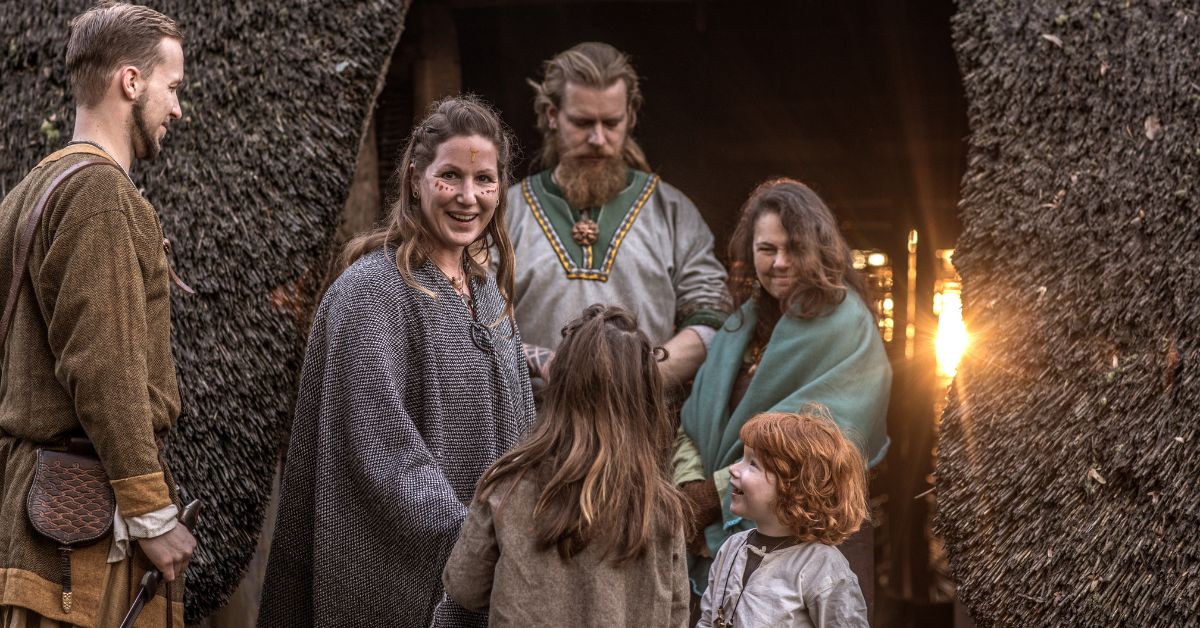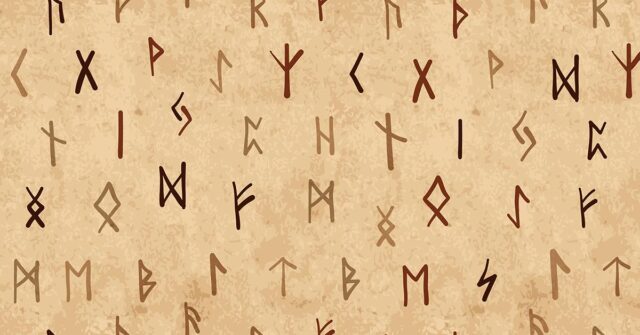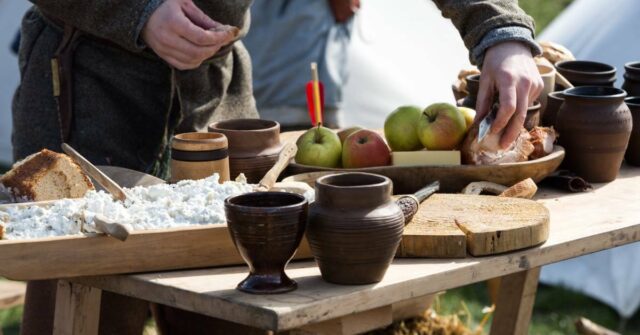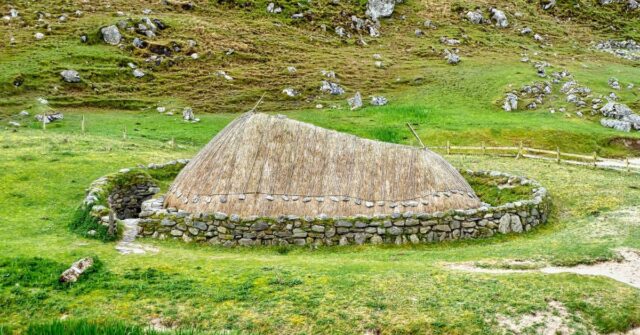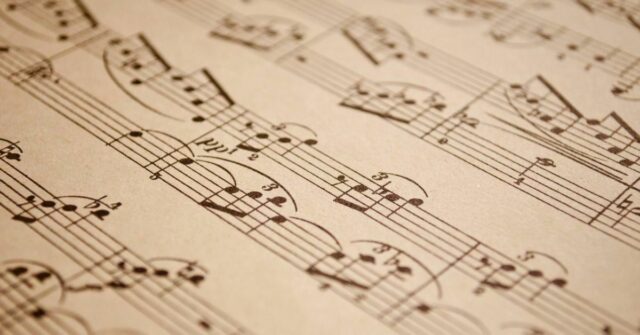The world of the Vikings, known for their explorations, battles, and rich cultural history, also boasts a fascinating approach to clothing and fashion.
As we unfurl the sails of time, let’s embark on a journey to explore the intricacies of Viking attire, where functionality meets artistry.
Introduction to Viking Culture and Fashion
The Viking Age, spanning from the late 8th to the early 11th century, was a period of significant transformation across Europe.
The Vikings, often depicted as fearsome warriors, were also skilled craftsmen, traders, and storytellers.
Their clothing, much like their culture, was a reflection of their lifestyle, environment, and societal structures.


Overview of the Viking Era
This era is characterized by rapid expansion through trade, colonization, and exploration.
The Vikings ventured as far as the North Atlantic, the Mediterranean, and the shores of North America, interacting with diverse cultures and climates, which influenced their clothing choices.
Importance of Clothing in Viking Society
Viking clothing went beyond mere protection against the elements; it was a symbol of personal identity, social status, and even political standing.
The quality, color, and material of a garment could tell you much about its wearer.
The Basics of Viking Clothing
At its core, Viking clothing was practical, designed to withstand the harsh climates of Scandinavia. Yet, there was a surprising amount of variety and sophistication in their attire.
Materials and Textiles Used
Wool and linen were the mainstays of Viking fabric, prized for their durability and comfort. Leather and furs were used for outerwear, providing necessary warmth during cold winters.
Colors and Dyes
The Vikings had a vibrant palette, derived from natural sources. Madder root for reds, woad for blues, and weld for yellows turned their garments into colorful displays of skill and status.
Common Clothing Items for Men and Women
Men typically wore tunics and trousers, while women donned long dresses with underdresses. Both genders used cloaks and shawls for additional warmth and protection.
Children’s Clothing
Little Vikings were dressed similarly to adults, albeit in simpler forms. This not only prepared them for adult responsibilities but also ingrained cultural traditions from a young age.
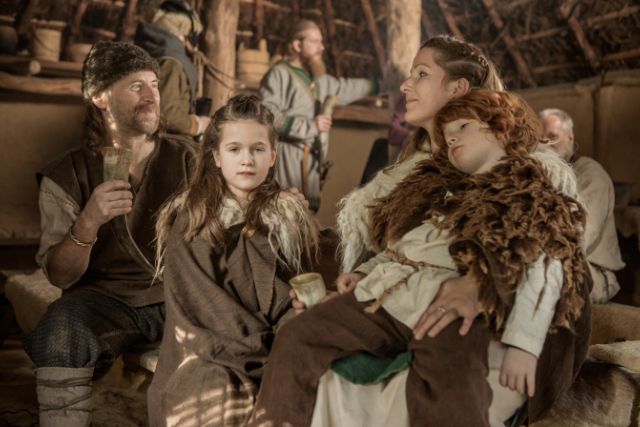

Dressing the Viking Warrior
The image of the Viking warrior is iconic, yet their battle attire was as much about practicality as it was about intimidation.
Armor and Battle Gear
Chainmail, helmets, and shields were the main components of a Viking warrior’s arsenal. These items were not just protective gear but also status symbols, often intricately decorated.


Medieval Faux Leather Single Shoulder Armor, Thigh & Leg Armor
Step into the Viking era with HiiFeuer’s Medieval Faux Leather Pauldron and Leg Armor. Perfect for LARP, Ren Faire, or cosplay. Unleash your inner warrior!
Symbolism in Warrior Attire
The use of animal motifs and Norse symbols on weapons and armor was common, believed to offer protection and strength to the wearer.
Women’s Fashion in the Viking Age
Viking women’s fashion was surprisingly diverse, with a range of garments and accessories that allowed for personal expression.
Everyday Wear
The typical garment was a long dress, often belted at the waist and layered with a linen underdress. This combination allowed for versatility in different climates and occasions.
Ceremonial and High-Status Garments
For special occasions, dresses were embellished with metal thread embroidery and paired with intricate jewelry, such as brooches, to display wealth and status.
Jewelry and Accessories
Jewelry played a crucial role in Viking attire, with items like arm rings, necklaces, and brooches serving both decorative and functional purposes.


12Pcs Viking Amulet Protection Pendant Necklace
Embrace Norse power with this 12-piece Viking amulet necklace set, featuring symbols like Thor’s Hammer and Vegvisir, crafted for protection and style.
Men’s Apparel and Accessories
Viking men’s clothing was designed for versatility, blending functionality with status symbols.
Everyday and Work Clothing
A simple tunic paired with trousers was the standard outfit, providing ease of movement for daily tasks and travel.
Formal Attire for Special Occasions
For more formal events, finer fabrics and more elaborate designs were used, often accompanied by symbolic jewelry to denote status and achievements.
Beard and Hairstyles
Personal grooming was important in Viking society, with beards and hairstyles varying by region and status, from neatly trimmed to elaborately braided.


207Pc Viking Hair Jewelry Beads Accessories Kit
Unleash your inner Viking with our 207-piece accessory set. Perfect for hair, beards, and braids, these Norse-inspired pieces showcase your personal charm and style.
Footwear and Headgear
Protecting the feet and head from the Nordic cold was crucial, leading to a variety of functional and fashionable solutions.
Shoes and Boots
Leather shoes and boots, often lined with fur, kept the Vikings warm and dry. Their design varied significantly, from simple slip-ons to more protective, higher-cut boots.
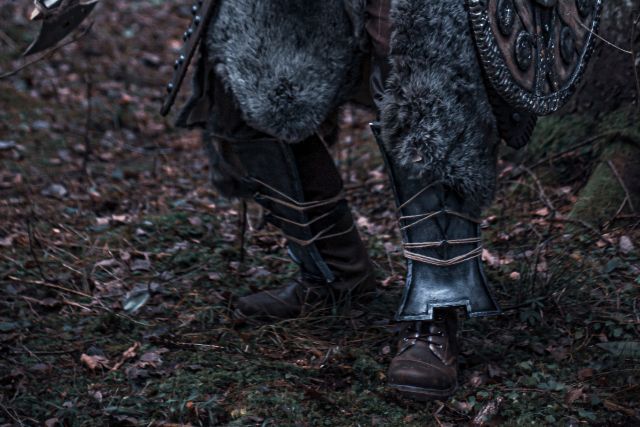

Hats, Hoods, and Other Head Coverings
Headgear ranged from practical woolen caps to elaborate fur-trimmed hoods, reflecting the wearer’s needs and status.
Seasonal Variations and Adaptations
The extreme seasonal variations of Scandinavia required a flexible approach to clothing, with layers playing a crucial role.
Summer vs. Winter Apparel
In summer, lighter linen garments were preferred, while in winter, layers of wool, fur, and leather were essential for survival.
Adapting to Different Climates
The Vikings’ travels exposed them to a range of climates, influencing their clothing choices and introducing new materials and styles into their wardrobe.
Clothing Production and Trade
The creation and acquisition of clothing in Viking times were as much about practicality as they were about social and economic status.
Domestic Production of Textiles
Textile production was primarily a domestic activity, with families producing the cloth needed for their own garments.
Trade Routes and Imported Goods
The Vikings were avid traders, exchanging pelts, wool, and textiles for luxury items like silk and spices, enriching their clothing with materials from afar.
Archaeological Findings and Historical Evidence
Our understanding of Viking clothing comes from a combination of archaeological finds, historical texts, and art, providing a window into the past.
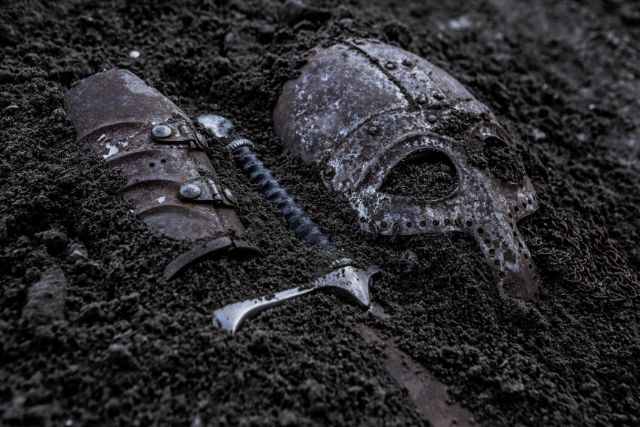

Recent Discoveries
Excavations across Scandinavia and Viking settlements have unearthed garments, tools, and accessories, offering direct insights into Viking fashion.
Textual and Artistic Sources
Sagas, runestones, and carvings also offer clues, depicting figures in various garments and styles, complementing the archaeological record.
The Influence of Viking Fashion on Modern Clothing
The legacy of Viking fashion extends beyond the historical, influencing modern designs and subcultures.
Viking Style in Contemporary Fashion
Today, elements of Viking design are seen in jewelry, streetwear, and even high fashion, a testament to their enduring appeal.
Reenactment and Role-Playing
The popularity of Viking reenactment and role-playing games has also helped to keep their styles and traditions alive, inspiring new generations to explore and appreciate this rich cultural heritage.
Conclusion: The Legacy of Viking Fashion
Viking clothing and fashion, with its emphasis on functionality, craftsmanship, and social significance, continues to fascinate and inspire.
As we pull back the curtain on the Viking Age, we uncover a society rich in culture, artistry, and ingenuity, reminding us of the enduring human desire to express identity through clothing.
So, next time you don a cozy wool sweater or admire a piece of intricate jewelry, remember the Vikings, whose approach to fashion was as practical as it was profound, echoing through the ages.

